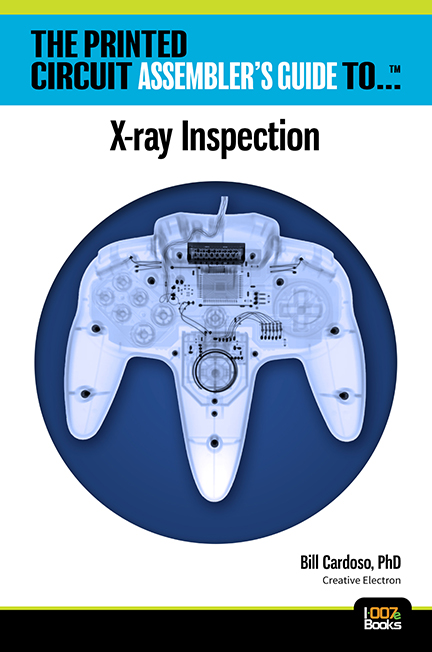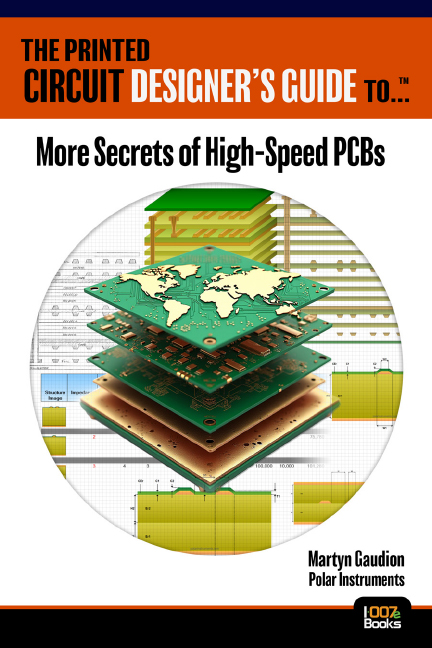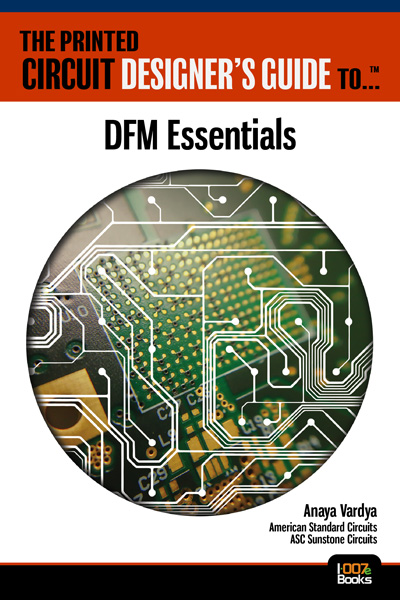-

- News
- Books
Featured Books
- smt007 Magazine
Latest Issues
Current Issue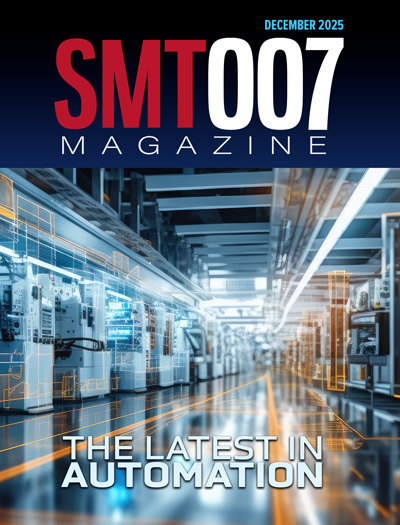
The Latest in Automation
When customer requirements shift, responses range from new equipment to automation. Explore the newest solutions reshaping production and how today’s market dynamics are driving these trends.

Spotlight on Mexico
Mexico isn’t just part of the electronics manufacturing conversation—it’s leading it. From growing investments to cross-border collaborations, Mexico is fast becoming the center of electronics in North America. This issue includes bilingual content, with all feature articles available in both English and Spanish.
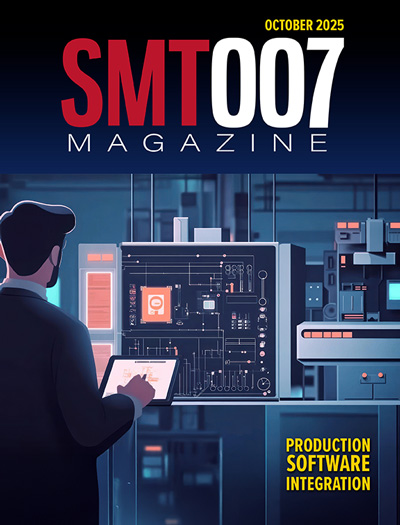
Production Software Integration
EMS companies need advanced software systems to thrive and compete. But these systems require significant effort to integrate and deploy. What is the reality, and how can we make it easier for everyone?
- Articles
- Columns
- Links
- Media kit
||| MENU - smt007 Magazine
Sunstone and I-007eBooks Launch Book on Designing for Reality
October 24, 2022 | I-Connect007Estimated reading time: 1 minute
I-007eBooks is excited to announce the release of the latest title in its series for designers, The Printed Circuit Designer’s Guide to… Designing for Reality.
This book covers both written and unwritten rules for how to create a realistic, manufacturable design.
Written by topic expert Matt Stevenson of Sunstone Circuits, this book covers the complete circuit board manufacturing process, taking readers on a virtual tour of the printed circuit manufacturing process, from choosing the right CAD tool, to additive/subtractive processes, and even touching on the art of PCB design.
Peer reviewer Duane Benson of Screaming Circuits, says, “I find that having a better understanding of the underlying process helps me create higher quality electronic designs. In this book, Matt Stevenson does a fantastic job of opening the hood and giving the reader that knowledge of the PC board fab process.”
Download your free copy today at I-007eBooks.com/dfr. You can also view our full library at I-007eBooks.com.
Dedicated to educating PCB designers, The Printed Circuit Designer’s Guide to… series of books is a valuable resource for people seeking the most relevant information available.
Look for other exciting titles, like:
- The Evolving PCB NPI Process
- Thermal Management with Insulated Substrates
- Stackups: The Design within the Design
- High Performance Materials
- System Analysis: Electromagnetic Interference and Thermal Analysis of Electronic Systems
- …and more coming this fall
We hope you enjoy The Printed Circuit Designer’s Guide to… Designing for Reality.
For more information, contact:
Barb Hockaday
I-Connect007 eBooks
barb@iconnect007.com
+1-916-365-1727
Testimonial
"We’re proud to call I-Connect007 a trusted partner. Their innovative approach and industry insight made our podcast collaboration a success by connecting us with the right audience and delivering real results."
Julia McCaffrey - NCAB GroupSuggested Items
Afero, Texas Instruments Partner to Build a Secure IoT Platform Designed for a Connected World
01/06/2026 | BUSINESS WIREAfero, the enterprise-grade secure IoT Platform, announced a collaboration with Texas Instruments (TI), the largest analog and embedded processing semiconductor manufacturer in the U.S., to create a seamless and secure Internet-of-Things (IoT) platform for smart home products.
Global Electronics Association Releases Q4 Standards and Revisions Update
12/24/2025 | Global Electronics AssociationEach quarter, the Global Electronics Association releases a list of standards that are new or have been updated. To view a complete list of newly published standards and standards revisions, translations, proposed standards for ballot, final drafts for industry review, working drafts, and project approvals, visit electronics.org/ipc-standards. These are the latest releases for Q4 2025.
Connect the Dots: The Future of Designing for Reality—Outer Layer Imaging
12/24/2025 | Matt Stevenson -- Column: Connect the DotsIf you read my column regularly, you know I’m passionate about helping designers get the most from their designs. In my November column, I focused on designer best practices for the electroless copper component of the manufacturing process. The next step is outer layer imaging: the transition from digital to physical, and where the designer’s IP meets the board.
Accelerating Vehicle Electrification and Intelligence to Drive Automotive Semiconductor Market to Nearly $100B by 2029
12/18/2025 | TrendForceTrendForce’s latest investigations indicate that the rapid acceleration of vehicle electrification and intelligence is expected to propel the global automotive semiconductor market from approximately US$67.7 billion in 2024 to nearly $96.9 billion by 2029, representing a CAGR of 7.4% over the 2024–2029 period.
Rethinking Soldering for Energy-efficient PCB Design
12/17/2025 | Daniele Perico, MacDermid Alpha Electronics SolutionsAs automotive OEMs intensify their commitments to carbon neutrality, ranging from Stellantis’ 20381 net-zero target to BYD’s full value chain neutrality by 20452, they are also embracing circularity through material reuse, recycling, and closed-loop systems. This aligns with the sustainability challenges faced in electronics manufacturing, where energy-intensive processes contribute significantly to industrial CO₂ emissions. By integrating advanced materials and process innovations, both sectors are converging on a shared goal: reducing carbon footprints while enhancing reliability and operational efficiency.
